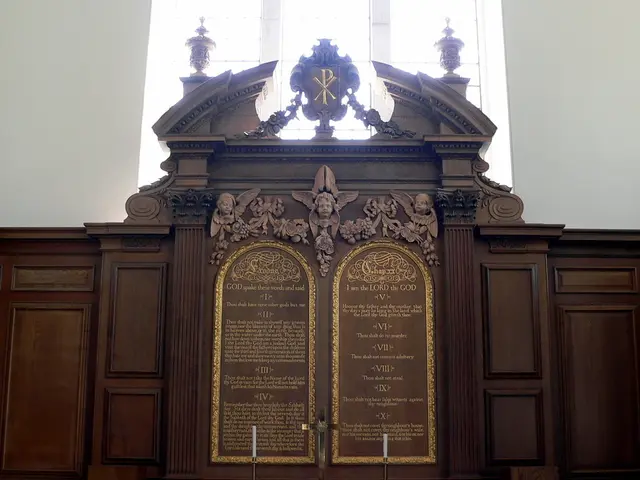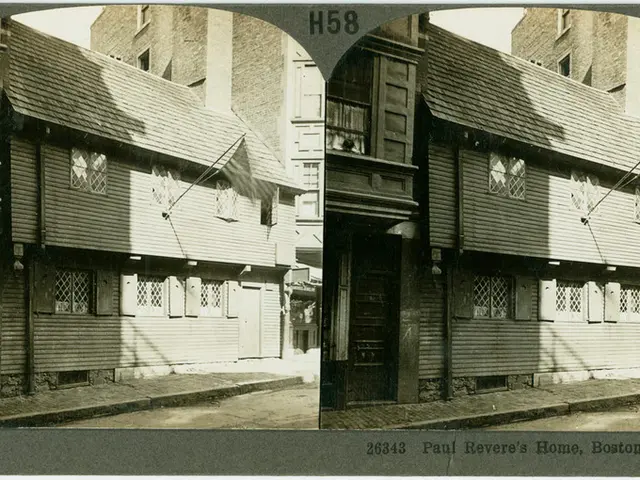Military operations with B-52 bombers commence in Guam, marking an increase in Pacific exercise intensity.
U.S. B-52 Bombers Deployed in Indo-Pacific Region
The U.S. Air Force has deployed four B-52H Stratofortress bombers to Diego Garcia in the Indian Ocean, marking their presence there since May. These bombers are part of the U.S. Indo-Pacific Command region and are assigned to the 5th Bomb Wing, based out of Minot Air Force Base, North Dakota.
The specific missions of the B-52s during their Bomber Task Force (BTF) deployment have not been previewed. However, the deployment serves several purposes, including strengthening strategic deterrence and reinforcing U.S. commitments to regional allies.
The current BTF deployment to Guam, involving multiple B-52 bombers from the 23rd Expeditionary Bomb Squadron, arrived at Andersen Air Force Base, Guam on July 8, 2025. This deployment is a key element of ongoing U.S. Indo-Pacific deterrence strategy and warfighting readiness.
The BTF effort increases the U.S. strategic bomber fleet's ability to operate from forward and unfamiliar locations, enhancing operational flexibility and resilience. It supports integration with partner forces, helping maintain global strike readiness.
While the continuous bomber presence on Guam by the Air Force ended in 2020, U.S. bombers regularly return to the island despite this. At least two B-52s have been tracked flying to Guam as part of this deployment.
The B-52s' deployment includes support for regional joint events, such as the ongoing Resolute Forces Pacific (REFORPAC) exercise. Scheduled to involve approximately 300 aircraft, the exercise involves allied participation from Japan, South Korea, New Zealand, Australia, Canada, and the United Kingdom, covering multiple locations such as Hawaii, Guam, Japan, and international airspace.
The deployment coincides with a large-scale USAF exercise in the region. Previously, B-2 Spirits stationed on Diego Garcia were involved in airstrikes against the Houthis in Yemen before the ceasefire. The B-52s on Diego Garcia have taken over from the B-2s.
In summary, the current B-52 task force deployments to both Guam and Diego Garcia are integral to the U.S.'s Indo-Pacific deterrence strategy and warfighting readiness. They serve to enhance strategic deterrence against China, support multinational exercises, and increase the U.S. strategic bomber fleet's operational adaptability in a critical strategic region.
The deployment of U.S. Air Force B-52H Stratofortress bombers in the Indo-Pacific region also includes support for the military's Space Force, as the region's strategic landscape expands beyond traditional terrestrial warfare into space. The aerospace industry and finance sectors play crucial roles in the development and maintenance of these advanced aircraft, ensuring their operational readiness. This deployment, therefore, not only underscores the Pentagon's commitment to maintaining a strong military presence in the Indo-Pacific region but also accentuates its determination to modernize its aircraft fleet and adapt to evolving tactical scenarios.








